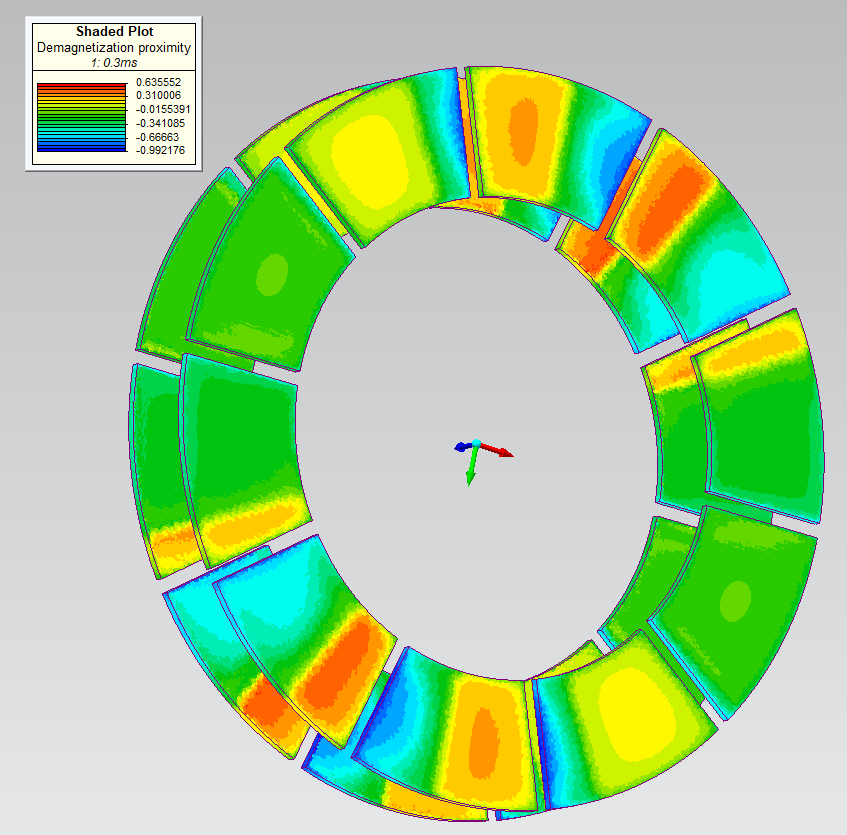SIMCENTER MOTORSOLVE
Simcenter Motor solve is a complete design and analysis solution for permanent magnet, induction, synchronous, electronically, and brush-commutated machines. The software leverages finite element analysis with an intuitive interface for accurate simulations of electric machines.
The template-based interface is easy to use and flexible enough to handle practically any motor topology, with provision for custom rotors and stators. Typical FEA operations such as mesh and solver refinements, winding layout and post-processing (including the export of 1D models) are automated by the software. Performance parameters, waveforms, and field plots are available with just a mouse click.





